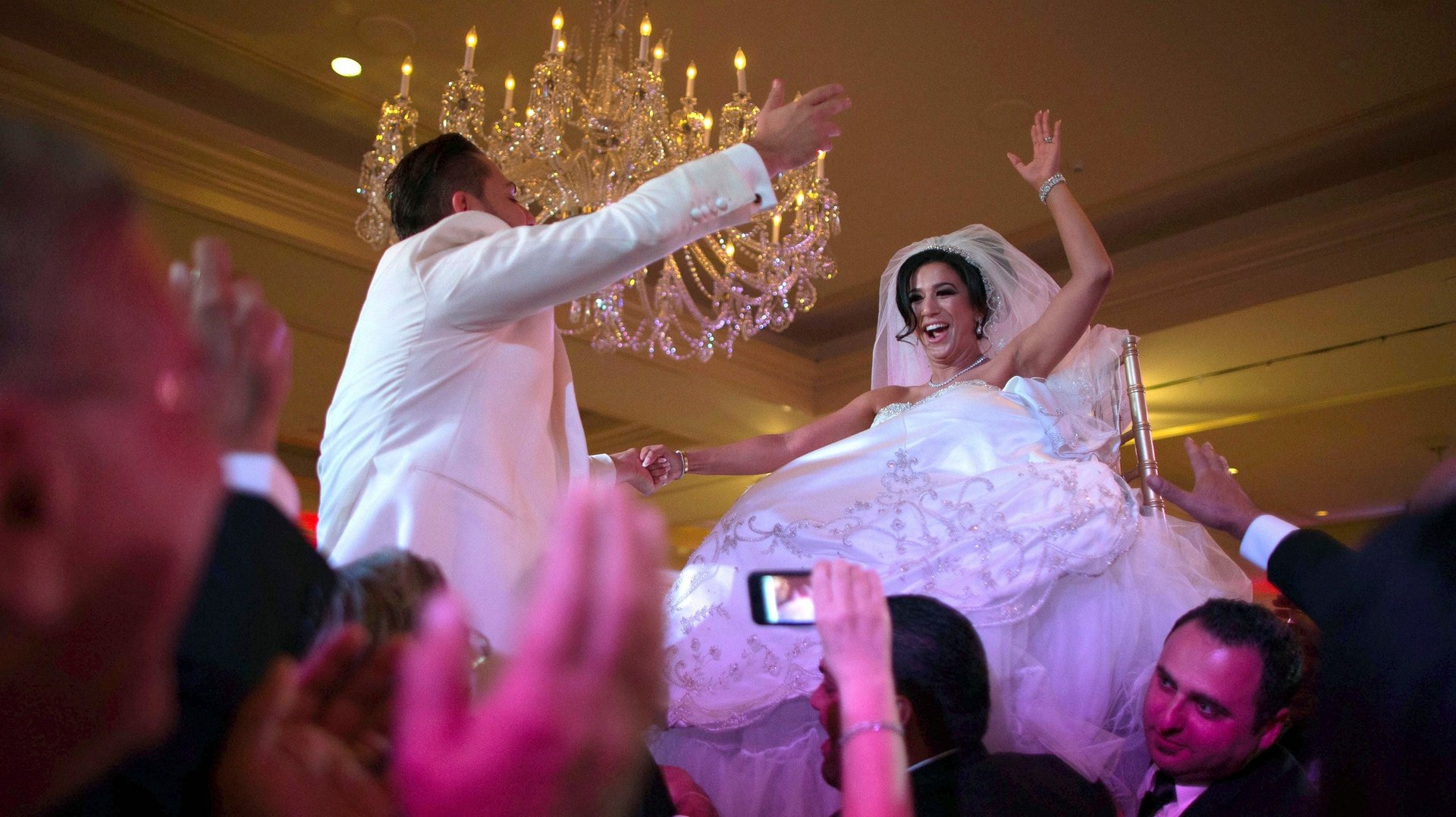It’s a myth that half of all marriages end in divorce
Most couples who marry force a gruesome statistic to the back of their heads: There’s a 50% chance this won’t work out. Turns out that isn’t so.


Most couples who marry force a gruesome statistic to the back of their heads: There’s a 50% chance this won’t work out. Turns out that isn’t so.
The New York Times compared divorce rates over time for couples married in the US every decade since the 1960s and found that divorce rates peaked in the 1970s and 80s, but have come down since then, thanks largely to the ways women have redefined marriage and their role in it—making the decision to marry at an older age, use birth control, and marry for love.
The New York Times analysis cited data from University of Michigan economist Justin Wolfers, who conducted a study in 2007 on how often first-time marriages end in divorce. He found that 70% of marriages that began in the 1990s reached their 15th anniversary, up from about 65% of those that began in the 1970s and 80s. Those statistics exclude marriages in which a spouse died.
There’s a caveat, though: Most of the people experiencing longer, happier marriages have college degrees. The divorce rates for less educated Americans are closer to the 1970s and 1980s peak, the Times notes. Higher education levels allow both members of the household to work, which lessens the financial burdens of the traditional single-earner household, especially during difficult economic times. About 11% of college-educated people who married in the early 2000s were divorced after seven years, compared to about 17% of couples without college degrees, Wolfers told the Times.
“Better-educated Americans have found a new marriage model in which both spouses work and they build a strong economic foundation for their marriage,” sociologist Andrew Cherlin told the Times.
Another contributing factor to the overall decline is that people who might have been at a higher risk for divorce are increasingly deciding not to marry at all. As a later marriage age becomes more acceptable, people live together for a while and break up without getting married.